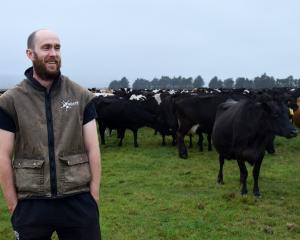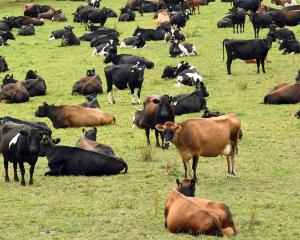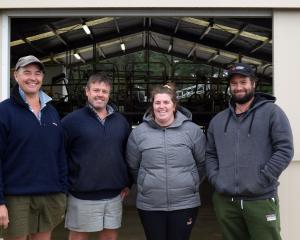
Q The review looks at whether there is a need for updated regulations, whether the 46 fields of data currently collected are enough or should it be expanded to about 100, and if genotypic (the genes) information should be included as well as the current phenotypic (expression of those genes) data. What are your thoughts?
The purpose of core data is to ensure that sufficient data is available to calculate genetic indices for all dairy cattle i.e. breeding worth and breeding values.
This data includes information about the animals themselves including who their parents are, what breed they are, and how they perform, e.g. their yield of fat and protein, milk quality (somatic cell score) data from herd testing, when they are presented for mating, when they calve, etc.
The core data does not at present include non-core data such as body condition score, liveweight, and some traits other than production (TOP) scores that are required to calculate breeding worth.
This non-core data is currently provided by herd record providers to the Dairy Industry Good Animal Database via organisation to organisation agreements.
Q What benefits would the ordinary farmer likely see as far as his future herd is concerned?
By being able to access more high-quality data for animal evaluation, we will be able to produce genetic estimates for new economically important traits, and to strengthen the accuracy of existing genetic traits.
This leads to increased rates of genetic gains for New Zealand dairy cattle.
Q What areas in the regulations does DairyNZ think need to be updated or changed?
At a high level, the current construct of defining core data fields in regulation struggles to keep up with industry needs and technological changes.
So, we would prefer an industry agreement-type approach for defining core data with a regulatory backstop approach.
Q If the amount of data is increased, what sort of costs will that mean for the ordinary farmer in the cowshed?
The amount of data stored in DIGAD (Core Database) will not increase substantially in the short term with any new construct as part of this review.
Longer term, as technology advances, more data may enter the Core Database.
Q If genotype data is included, is that not repeating information, which studs already pay to access privately, when they make breeding decisions?
The potential greater use and access to genotype (SNP) data will not increase costs to studs; rather, it could improve the accuracy of genomic selection by farmers and breeding companies.
Q What will happen if nothing is done?
The genetic improvement system may increasingly become bogged down in regulatory constructs that cannot keep pace with technological changes and industry needs.











